PMS
Premenstrual Syndrome (PMS) is often thought of as a problem or illness, which is inaccurate. PMS is rather a combination of responses to menstruation, an ordinary event in a woman’s life. PMS typically occurs monthly, accompanied by specific symptoms and signs that can appear a week to 10 days prior to menstruation. These symptoms then disappear after the beginning of the menstrual flow. It is important to look at the whole picture to better understand PMS
Although PMS is due to unbalanced hormonal changes, other factors such as stress, an inadequate diet or lack of exercise or sleep can make the symptoms worse. Because most women show as many as 10 symptoms one to two weeks prior to menstruation, their ordinary experiences may become diminished. It can be more difficult to interact with family and friends, be productive at work or take pleasure in your own body.
A woman may have increased likelihood of PMS if
She is over 30 years old
She is experiencing great amounts of stress
Her nutritional habits are poor
She has suffered side effects from birth control pills
She has difficulty balancing a stable weight
She does not get enough exercise
She’s had a pregnancy that was complicated by toxemia
She has had children (often more children mean more severe symptoms)
She has a history of depression in her family.
What to do about PMS
In treating PMS, Western medicine encourages diet and lifestyle changes paired with medications that influence the levels of progesterone and estrogen. Examples of these could be birth control pills, or tranquilizers and antidepressants that affect mood and emotions. Although prescription medications can bring immediate relief, they do not address the root cause of PMS and can cause unwanted side effects that may act like PMS symptoms.
A natural approach
In 1997, the National Institute of Health (NIH) issued a consensus report suggesting acupuncture is effective in the treatment of menstrual cramps and other PMS symptoms. Acupuncture can address PMS symptoms naturally without medication by restoring physical and emotional balance. In Chinese medicine, the underlying cause of PMS is typically an imbalance or blockage of Qi, (pronounced “chee”) or vital energy, and blood in a meridian system or specific organ. When Qi and blood are blocked or imbalanced, symptoms and signs associated with PMS will likely appear.
One role of an acupuncturist is to identify the underlying causes leading to PMS symptoms. After a thorough evaluation to determine which organ and meridian systems are out of balance, PMS symptoms are treated according to each individual patient’s needs and concerns.
By inserting fine, sterile needles into specific points, an acupuncturist is able to aid the movement of Qi and blood. When Qi and blood begin to travel throughout the body, balance and positive function are restored and PMS symptoms are alleviated. Acupuncture balances hormones while providing deep relaxation to help reduce stress. This eventually encourages and supports better health and well-being in your body and mind.
A practitioner may also recommend lifestyle changes such as eating organic whole foods, getting regular aerobic exercise and enough sleep, enjoying baths, supplementing the diet with herbs and vitamins and practicing relaxation exercises like breathing exercises, meditation, and yoga.
Whether you experience PMS symptoms occasionally or on a regular basis, acupuncture and Chinese medicine offer a safe, effective and natural approach to alleviating these symptoms. Acupuncture and Chinese medicine may hold the key to a healthier, more balanced menstrual cycle.
Resources:
National Institutes of Health (NIH) – National Institutes of Health Consensus Conference on Acupuncture, Program & Abstracts (Bethesda, MD, November 3-5, 1997). Office of Alternative Medicine and Office of Medical Applications of Research. Bethesda.
